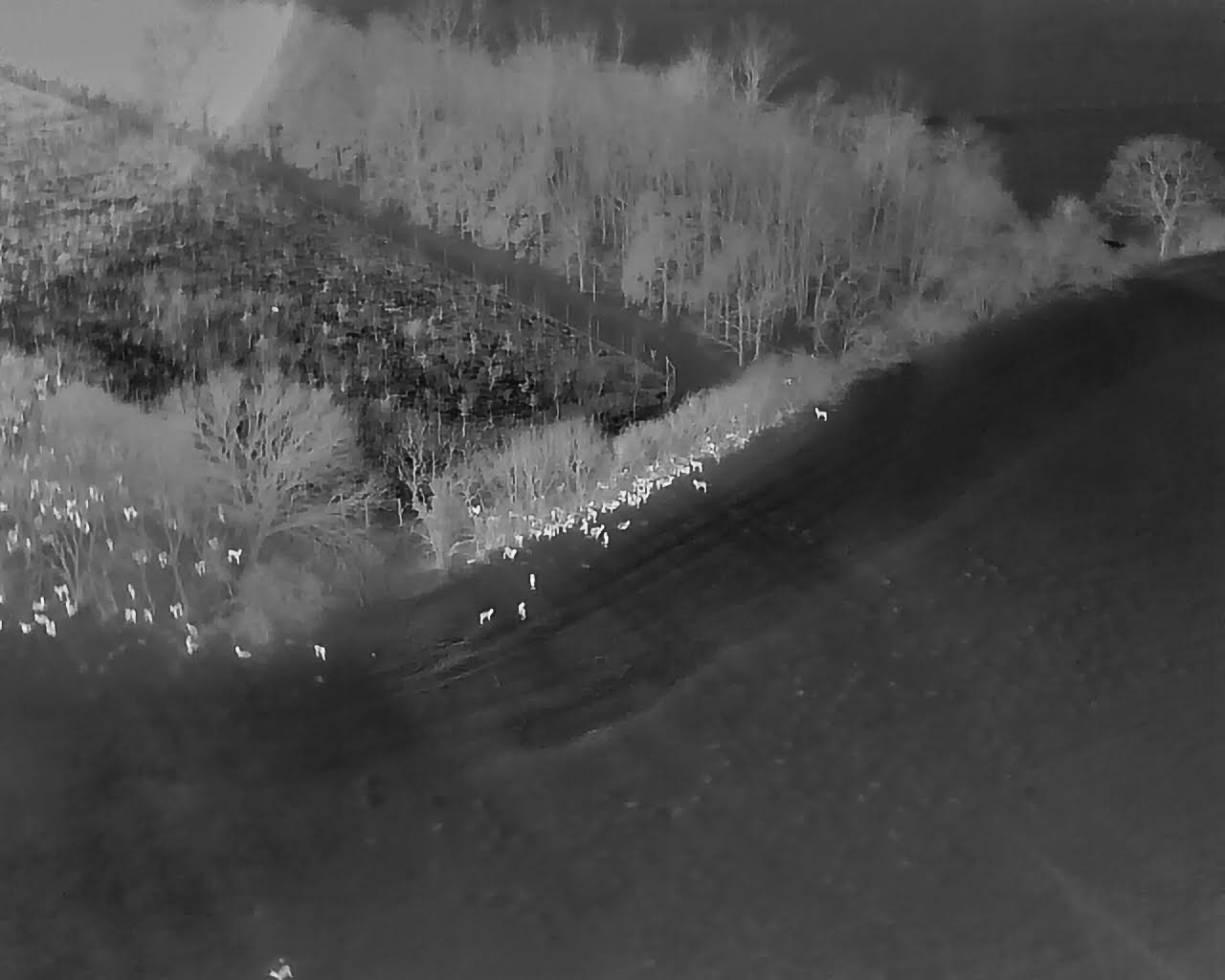May 26, 2023
1% Woodland Tax helps GiB TechScope explore Remote Sensing and AI
We’re always blown away by the people and projects that our 1% Woodland Tax helps to fund. All of them are doing amazing things to keep British woodland thriving.
Over the last 12 months, our funding has helped Grown in Britain (GiB) to carry out a scoping project. Grown in Britain works at every stage of the forest product supply chain to support the use of UK timber. GiB certification encourages and supports active and sustainable management of our forests and woodlands. Their aim with this project was to explore the potential for the wider use of remote sensing (RS) and artificial intelligence (AI) to support woodland management and creation.
The Woodland Tax enabled GiB to collaborate with top technology companies, regulators and users. Together, they were able to build a better understanding of the possibilities today – and potential of RS and AI in woodland management in the future.
We want to share the key findings of this fascinating project.
The growing need for technological innovation
One of the key findings is the growing need for greater use of RS and AI to cope with the expansion of interest in woodland management and creation. The demand for benchmarking, verification and the auditing of assets like carbon, timber, water quality, and biodiversity is significant.
It’s also clear that sister sectors are already using this technology, which means it can be easily applied to the forestry and associated habitats sector.
Broadening tech horizons
While there is no one-size-fits-all technology that can cater to all of our sector’s needs, the project shows there’s a place for blended use of technologies.
This includes satellite, crewed aircraft, drones (fixed wing, rotor and hybrid) and ground based lidar and fixed point monitors.
Embracing the power of AI
The scoping exercise showed that AI has huge potential to increase understanding of living organisms and habitat systems. The recent 3D mapping of all known proteins by DeepMind is a good example of how this has been used in other areas.
It’s not beyond reason to believe this technology could increase and improve our understanding of trees and the ecosystems in which they live.
The power of AI combined with improved scanning technology like remote sensing could revolutionise our ability to measure, monitor and predict landscape conditions. The ability to see trends and get ‘early warning’ about threats such as pest infestation could be crucial.
Realising potential opportunities
Without doubt, there’s a lot of potential for the forestry and land management sector, but this will rely on joint efforts across the industry.
The report shows that we need more joined up thinking, sharing of knowledge within the sector, as well as engagement with the service providers who are supporting sister sectors.
Investment from the government and regulators will also play a part. This buy-in will enable the private sector and NGOS to fully understand and deploy RS and AI.
What’s next for GiB?
GiB are now looking to secure funding for their next stage project, which is all about collaborating with partners to develop and use RS and AI in a range of practical scenarios.
This will enable them to ‘test and trial’ opportunities and get a better idea of the costs and benefits of different technologies, and what really does or doesn’t practically and cost effectively help the forestry sector.
The Grown in Britain team will continue their work to expand their auditing and verification process, and show how technology can maximise the potential of our trees, woods and forests.
Find out more about Grown In Britain








